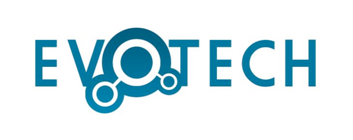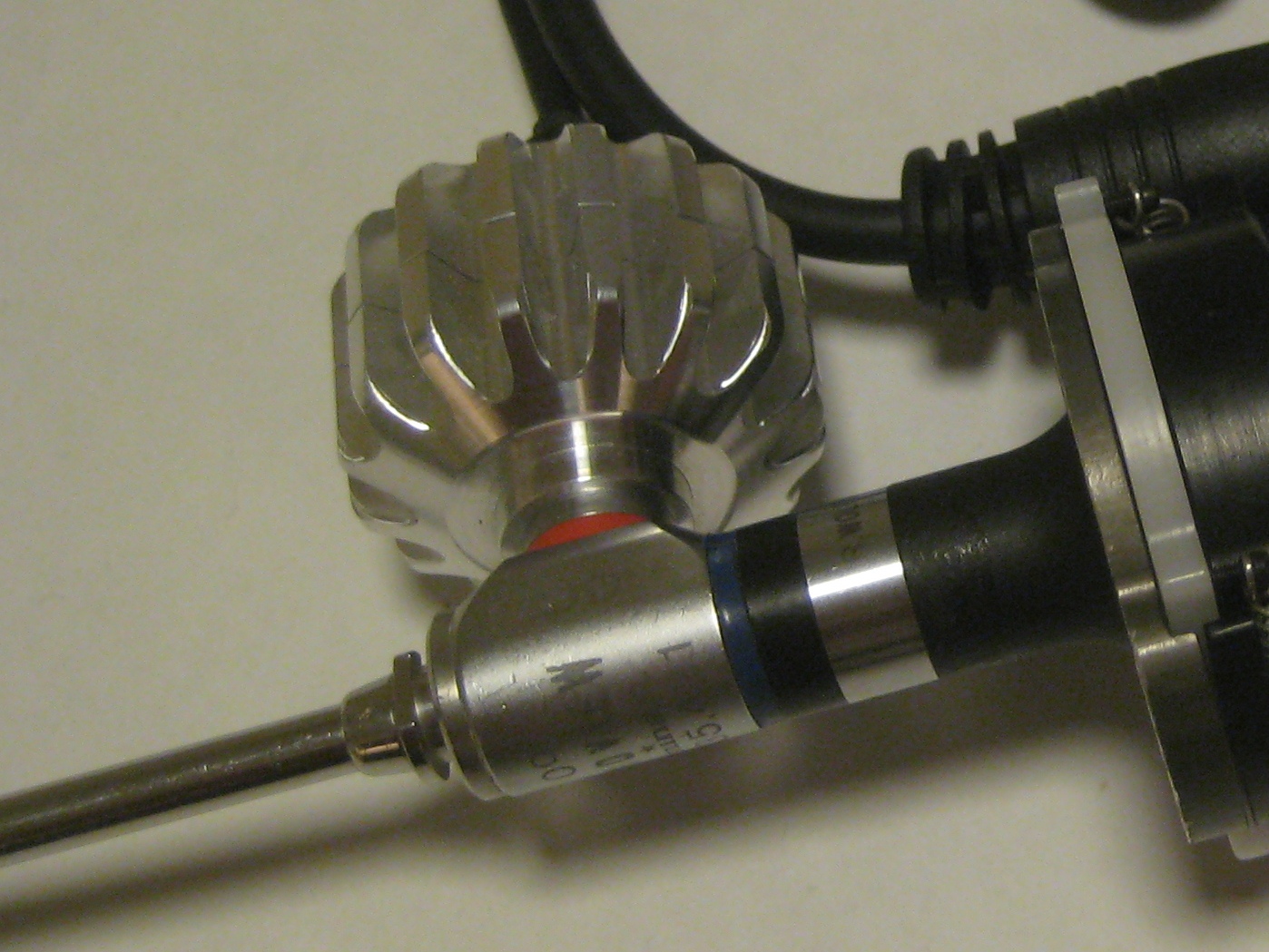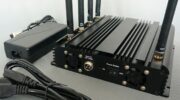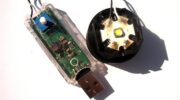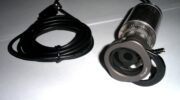EVOCAM EVALUATION
Background:
Medicine For Humanity in cooperation with the Department of Obstetrics & Gynecology at UCLA School of Medicine conducts annual visits to Mbarara Regional Hospital in Uganda to carry out surgical repair of vesicovaginal fistula (VVF). VVF is unfortunately a common debilitating condition that occurs as a result of injury during the childbirth process in women. The many negative consequences of VVF include constant leakage of urine, poor bowel control and infertility that often leads to isolation, divorce and social ostracization. VVF repair is an advanced pelvic surgical operation. These volunteer medical missions often must function with limited medical assets, unpredictable power supply, and resource strained facilities that are commonly encountered in the delivery of healthcare in developing countries. There are instances when the absence of advanced imaging and diagnostic tools limits optimal treatment of VVF. In the past this has necessitated the team to turn select patients away due to the severity of their condition. 
Purpose:
Evolving Technologies partnered with Medicine for Humanity to evaluate the feasibility of the EVOCAM Endoscopy System utilized in an under resourced setting. The pilot program evaluated the EVOCAM image quality, telemedical capabilities, portability, and ability to improve treatment to a greater number of patients.
Materials & Methods:
The pilot evaluation was conducted at Mbarara Regional Hospital, Uganda. The vesicovaginal fistula repair procedures were carried out by Dr. Christopher Tarnay, a specialist in urogynecology and supported by the Medicine for Humanity medical team. During the assessment period 5 of 17 VVF patients were identified to be evaluated and treated with the aid of the EVOCAM System. These 5 patients had either large complex fistulae with ureteral involvement or post-VVF repair urinary incontinence.
Two prototype EVOCAM Endoscopy Systems were sent with Dr. Tarnay for the study (one system was provided for back up purposes)
The EVOCAM system was coupled with cystourethroscopy and for the first time permitted the surgeon to display video images on a monitor. This system was utilized in: 1) intraoperative evaluation of large complex VVF where ureteral involvement was suspected, 2) used in the placement of ureteric stents and 3) used in assessment of bladder integrity after mid-urethral sling placement.
Prior to the introduction of this camera/display system, direct non-displayed cystoscopy limited the surgeon’s abilities to place ureteric stents and critically limited the ability to teach and share cystoscopic techniques.
Acceptance Criteria
1. The EVOCAM must be able to display the anatomy in a clear and discernable image such that the physician may conduct the appropriate clinical evaluation of the patient and perform the procedure
2. The device must be able to transmit a live video image to another user in a remote location, (via 3G connectivity using Skype)
3. The device must prove to be portable and self sufficient on its own power for the duration of the procedure
4. Enables physicians to treat more patients than on previous medial trips
Results:
Five patients were successfully treated using direct visualization with the EVOCAM System. The EVOCAM performed the procedures as designated. Transvesical assessment identified the location and proximity of the ureteral orifices to the fistula. In one patient the EVOCAM system displayed the desired anatomy such that Dr. Tarnay was able to cannulate the ureteral orifices and bilaterally place the ureteral stents on a patient with a large circumferential fistula. During the procedure, using Skype® video conferencing the endoscopic video was transcontinentally transmitted live (figure 2) to the United States to a member of the Medicine for Humanity team. The system facilitated the teaching of cystoscopic evaluation after the implantation of a mid-urethral sling. In one patient an incidental injury due to a misplaced sling was identified. With identification corrective measures were easily implemented and the sling was replaced correctly and the patient was cured. Further, the EVOCAM assisted in performing the procedures under battery power. Dr. Tarnay was able to successfully operate on two patients that would have been turned away without the use of endoscopy imaging.
